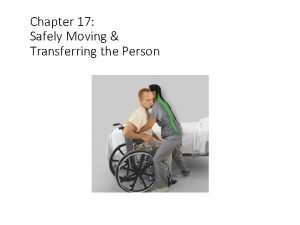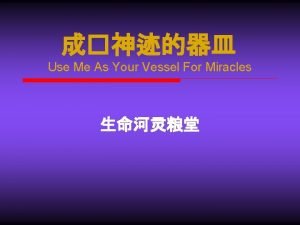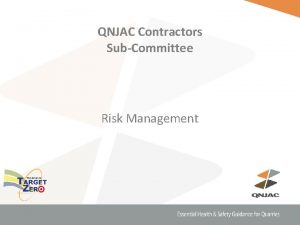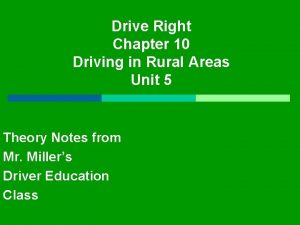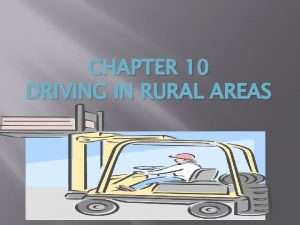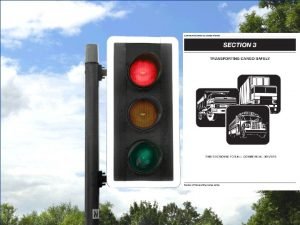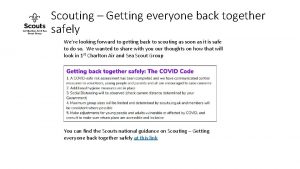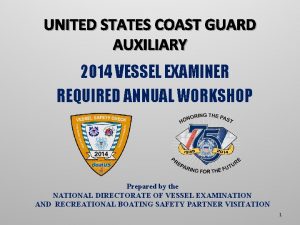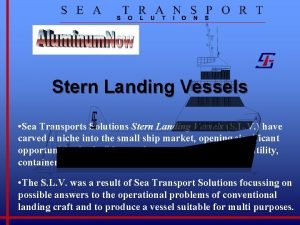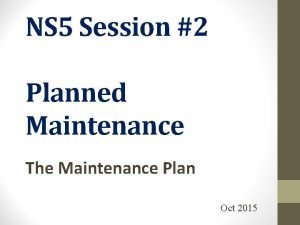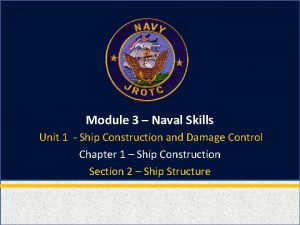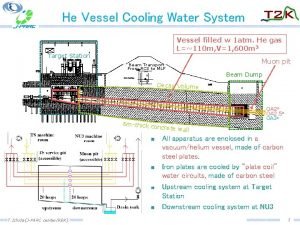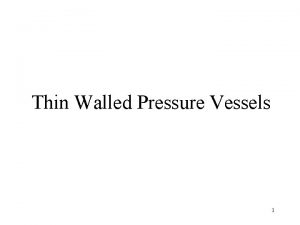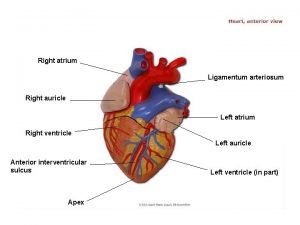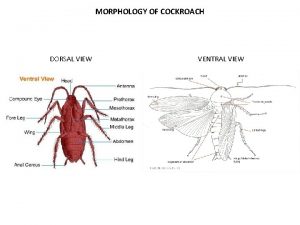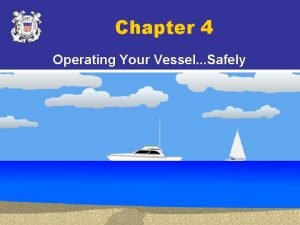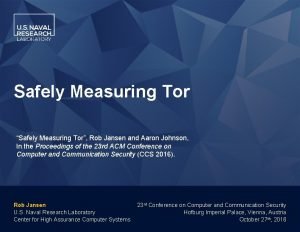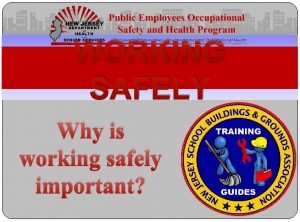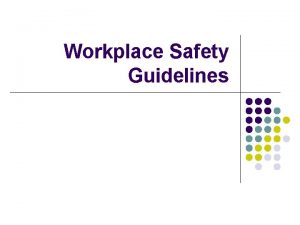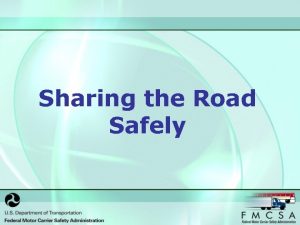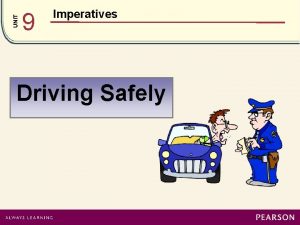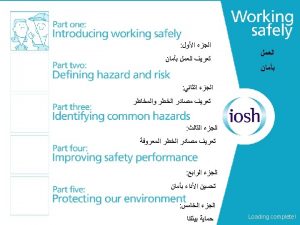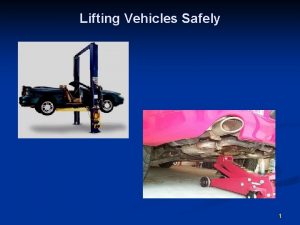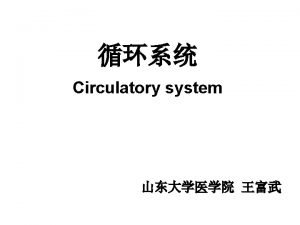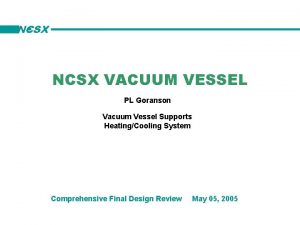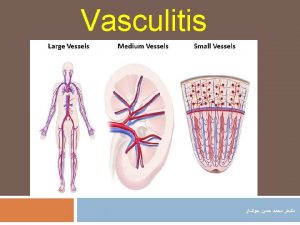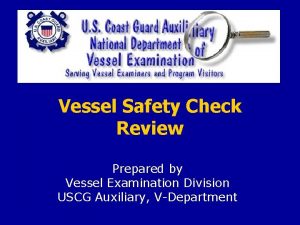Chapter 4 Operating Your Vessel Safely 1 Copyright



















































- Slides: 51

Chapter 4 Operating Your Vessel. . . Safely 1 Copyright 2005 - Coast Guard Auxiliary Association, Inc.

Operating Your Vessel…Safely • 1 • 2 • 3 • 4 • 5 Loading gear and passengers Boat Handling Courtesy on the water Casting off – docking – anchoring PWC specific safety 2 Copyright 2005 - Coast Guard Auxiliary Association, Inc.

Load Gear & Passengers Properly 3 Copyright 2005 - Coast Guard Auxiliary Association, Inc.

Safe Loading • 1 Keep centered in small boats • 2 “One hand for you, one hand for the boat” • 4 Load gear from the dock • 5 Trim: engine and gear • 6 Never overload 4 Copyright 2005 - Coast Guard Auxiliary Association, Inc.

How Boats Handle 1 Displacement mode Boat Speed 5 Copyright 2005 - Coast Guard Auxiliary Association, Inc.

How Boats Handle 2 Plowing Mode Boat Speed 6 Copyright 2005 - Coast Guard Auxiliary Association, Inc.

How Boats Handle 3 Planning Mode Boat Speed 7 Copyright 2005 - Coast Guard Auxiliary Association, Inc.

Power Trim • Standard on most outboards and I/O 1 2 3 In Neutral 4 Out 8 Copyright 2005 - Coast Guard Auxiliary Association, Inc.

Maneuvering • 1 Turning • Slow, controlled speed • 2 Backing • Slowly, stern may veer • 3 Stopping • Requires distance • Slowly! • Avoid stern wave 9 Copyright 2005 - Coast Guard Auxiliary Association, Inc.

Running Into Waves 10 Copyright 2005 - Coast Guard Auxiliary Association, Inc.

Running Before Waves • 1 Requires: • Throttle modulation steering control 11 Copyright 2005 - Coast Guard Auxiliary Association, Inc.

Running Parallel To Waves • 1 Can cause broaching • 2 Cross wakes with care • 3 Warn passengers 12 Copyright 2005 - Coast Guard Auxiliary Association, Inc.

Courtesy on the Water • 1 What does courtesy on the water mean? 13 Copyright 2005 - Coast Guard Auxiliary Association, Inc.

Casting Off Wind On Dock wind 3 2 or current 1 14 Copyright 2005 - Coast Guard Auxiliary Association, Inc.

Casting Off Wind Off Dock wind 3 or current 2 1 15 Copyright 2005 - Coast Guard Auxiliary Association, Inc.

Docking • 1 Preparing to dock, you should…. . ? 16 Copyright 2005 - Coast Guard Auxiliary Association, Inc.

No Wind Or Current 3 2 1 17 Copyright 2005 - Coast Guard Auxiliary Association, Inc.

Wind Or Current Off Dock • 1 Outboard or stern drive wind or current 3 Copyright 2005 - Coast Guard Auxiliary Association, Inc. 2 1 18

Tying To Floats And Piers 1 bow line 4 2 spring lines stern line 3 6 stern line 19 Copyright 2005 - Coast Guard Auxiliary Association, Inc. 5

Chafing Gear Prevents Line Wear • Can be cloth, rubber, leather, or plastic 2 • Old garden hose works 1 chock chafing gear 20 Copyright 2005 - Coast Guard Auxiliary Association, Inc.

Anchors • Which anchor is for you? 1 21 Copyright 2005 - Coast Guard Auxiliary Association, Inc.

Anchor Types Lightweight 1 (Danforth Type) Plow Single Fluke 2 Copyright 2005 - Coast Guard Auxiliary Association, Inc. 3 22

Anchor Types 1 Grapnel 2 Mushroom 23 Copyright 2005 - Coast Guard Auxiliary Association, Inc.

Anchoring Guidelines • 1 Why use chain? • 2 What is scope? 24 Copyright 2005 - Coast Guard Auxiliary Association, Inc.

Anchoring Guidelines • 1 Normal scope 7: 1 • 2 Calm seas 5: 1 • 3 Heavy weather 10: 1 25 Copyright 2005 - Coast Guard Auxiliary Association, Inc.

Setting Anchor • 1 What are the steps involved? 26 Copyright 2005 - Coast Guard Auxiliary Association, Inc.

wind Allow “Swing” Room d n i w wind 27 Copyright 2005 - Coast Guard Auxiliary Association, Inc.

Retrieving Anchor • 1 What are the steps? 28 Copyright 2005 - Coast Guard Auxiliary Association, Inc.

Operating Personal Watercraft • 1 How are PWCs different from powered boats? 29 Copyright 2005 - Coast Guard Auxiliary Association, Inc.

Operating Personal Watercraft • 1 What courtesies should PWC operators show? 30 Copyright 2005 - Coast Guard Auxiliary Association, Inc.

Do Not Pass Close 31 Copyright 2005 - Coast Guard Auxiliary Association, Inc.

Operating Personal Watercraft • 1 What are some environmental concerns? 32 Copyright 2005 - Coast Guard Auxiliary Association, Inc.

Other PWC Considerations • 1 • 2 • 3 • 4 Observe state laws Always wear your PFD Inspect your watercraft frequently Keep hands and feet away from pump intake • 5 Do not exceed capacity ratings • 6 Know your limits • 7 Ride according to your ability 33 Copyright 2005 - Coast Guard Auxiliary Association, Inc.

Capsized PWC • 1 Know how to right the PWC properly • 2 Read the owners manual 34 Copyright 2005 - Coast Guard Auxiliary Association, Inc.

Capsized PWC • 1 Decals on stern show direction of rotation 35 Copyright 2005 - Coast Guard Auxiliary Association, Inc.

Capsized PWC • 1 Decals on stern show direction of rotation 36 Copyright 2005 - Coast Guard Auxiliary Association, Inc.

Safety Lanyards • 1 Attached to operator or PFD 37 Copyright 2005 - Coast Guard Auxiliary Association, Inc.

Chapter 4 Review 38 Copyright 2005 - Coast Guard Auxiliary Association, Inc.

Review Exercises • Under normal conditions, the recommended scope of an anchor line should be approximately: 1 a • 25: 1 b • 15: 1 c • 7: 1 d • 2: 1 39 Copyright 2005 - Coast Guard Auxiliary Association, Inc.

Review Exercises • A spring line is a dock line that: 2 a • has an inner core of stretchy elastic material. b • keeps a boat from moving ahead or astern. c • is only used in March, April, and May. d • holds the boat directly to the pier at amidships. 40 Copyright 2005 - Coast Guard Auxiliary Association, Inc.

Review Exercises 3 • The correct anchor for your boat will depend not only on the size and type of your boat but on the: a • cost (always purchase the cheapest anchor available). • size and length of your anchor rode. b • types of seabed and amount of wind and current you c expect to encounter. • location (bow or stern) from which you anchor. d 41 Copyright 2005 - Coast Guard Auxiliary Association, Inc.

Review Exercises 4 • You can ease the shock on both boat and crew when running into waves by slowing down and: a • taking the waves at an angle to the bow, not head-on. b • turning the boat broadside to the waves for stability. c • taking the waves head-on and not at an angle. d • instruct all passengers to stand up in the boat. 42 Copyright 2005 - Coast Guard Auxiliary Association, Inc.

Review Exercises 5 • Never anchor a boat from the stern alone because: a • when windy, waves may come over the transom and swamp the boat. b • the bow should always be pointing away from the wind. c • it is difficult to adjust the rode for proper scope. d • it is difficult to bring persons over the bow in an emergency. 43 Copyright 2005 - Coast Guard Auxiliary Association, Inc.

Review Exercises • 6 When docking and undocking your boat it is desirable to plan the procedure in advance and: a • always operate your boat at cruising speed. b • give instructions in a loud authoritative tone so that crew will know who is in charge. c • approach slowly against the wind or current for more control of your boat. d • teach the crew how to keep the boat away from the pier using their arms and legs. 44 Copyright 2005 - Coast Guard Auxiliary Association, Inc.

Review Exercises 7 • Which of the following statements is true? a • PWCs do not disturb the ecology of the water bottom. b • Wake from PWCs will not contribute to shoreline erosion. c • Noise from PWCs never disturbs bird life. d • As when operating any boat, having consideration for others is most important when operation a PWC. 45 Copyright 2005 - Coast Guard Auxiliary Association, Inc.

Review Exercises • 8 Because of their different operating characteristics, some states consider PWCs to be a special type of boat and have special regulations for them. As a PWC owner or operator you must: a • carry a copy of the rules of the special PWC Rules Commission on board. b • know the special Navigation Rules that apply only to PWCs. c • follow the rules established by the National Boating Association. d • be aware of and abide by all laws governing the use of personal watercraft in your area. 46 Copyright 2005 - Coast Guard Auxiliary Association, Inc.

Review Exercises • 9 Steering a PWC involves turning a movable nozzle that directs a high pressure stream of water either right or left, turning the boat to one side or the other. It is important to know that a PWC will turn only when the: a • engine is turning at least 4000 rpm. b • jet pump is operating and pushing a stream of water. c • two rudders are in contact with the water. d • special steering pump is activated. 47 Copyright 2005 - Coast Guard Auxiliary Association, Inc.

Review Exercises • A PWC lanyard cut-off switch when fastened to your wrist will: 10 a • keep your signal whistle where it can be found. • alert you when you are running too fast. b • stop the engine when you fall off. c • remind you to always wear you life preserver. d 48 Copyright 2005 - Coast Guard Auxiliary Association, Inc.

Review Exercises • 11 Because the Coast Guard recognizes personal watercraft as full fledged boats: a • operators must adhere to the same rules and regulations as large boats b • a PWC must show its navigation lights when used after dark. c • PWCs usually have priority of movement in meeting and crossing situations. d • PWCs are exempt from all boating rules and regulations. 49 Copyright 2005 - Coast Guard Auxiliary Association, Inc.

Review Exercises • 12 Constantly watch the wake of your boat, because: a • it can disturb the smooth operation of personal watercraft. b • your wake must never be more than three inches high. • you are responsible for injuries or damage to property c caused by the wake of you boat. • you may see beautiful colors created by the oxidation d of phosphorus in the water. 50 Copyright 2005 - Coast Guard Auxiliary Association, Inc.

End Chapter 4 51 Copyright 2005 - Coast Guard Auxiliary Association, Inc.
 Chapter 19 safely transferring the person
Chapter 19 safely transferring the person Moving the person from one place to another is
Moving the person from one place to another is Chapter 18 safely moving the person
Chapter 18 safely moving the person Chapter 18 safely moving the person
Chapter 18 safely moving the person Chapter 19 lesson 2 using medicines safely
Chapter 19 lesson 2 using medicines safely Use me as your vessel
Use me as your vessel Understanding behaviour responding safely
Understanding behaviour responding safely How much can they safely carry answer key
How much can they safely carry answer key No job is so important that it cannot be performed safely
No job is so important that it cannot be performed safely Chapter 10 driving in rural areas worksheet answers
Chapter 10 driving in rural areas worksheet answers Alex_eastwest13
Alex_eastwest13 No job is so important that it cannot be done safely
No job is so important that it cannot be done safely Chapter 10 driving in rural areas worksheet answers
Chapter 10 driving in rural areas worksheet answers Act 3 scene 1 macbeth quotes
Act 3 scene 1 macbeth quotes Transporting food safely
Transporting food safely Work safely
Work safely The spot where you can no longer stop safely is
The spot where you can no longer stop safely is Hanging meat as a cargo
Hanging meat as a cargo Getting everyone back together safely
Getting everyone back together safely Turner v safely
Turner v safely Going places safely
Going places safely Give us your hungry your tired your poor
Give us your hungry your tired your poor Unit 5 operating your business lesson 1 funding sources
Unit 5 operating your business lesson 1 funding sources Blood vessel adaptations
Blood vessel adaptations Vessel examiner test answers
Vessel examiner test answers Smallest blood vessel
Smallest blood vessel Smallest blood vessel
Smallest blood vessel Towing vessel ncoe
Towing vessel ncoe Stern landing vessel
Stern landing vessel Vessel planned maintenance system excel
Vessel planned maintenance system excel Internodium neuron
Internodium neuron Navy vessel one feels constricted in
Navy vessel one feels constricted in Cold stretching cryogenic vessel
Cold stretching cryogenic vessel Pressure vessel design course
Pressure vessel design course Vessel cooling
Vessel cooling General arrangement plans
General arrangement plans Vessel 2012
Vessel 2012 Lima vessel of the heart
Lima vessel of the heart What are the nine parts of the nail unit
What are the nine parts of the nail unit Arteries
Arteries Angi vessel
Angi vessel Could 131g of xenon gas in a vessel
Could 131g of xenon gas in a vessel Vessel traffico marittimo
Vessel traffico marittimo Sea vision vessel
Sea vision vessel Thin walled rectangular pressure vessel
Thin walled rectangular pressure vessel Transverse frame ship
Transverse frame ship Alex tickles his brother by stroking adjacent
Alex tickles his brother by stroking adjacent Auricle of atrium
Auricle of atrium Cockroach dorsal view
Cockroach dorsal view Efferent lymphatic vessel
Efferent lymphatic vessel Blood vessel layers
Blood vessel layers Tao is a big vessel
Tao is a big vessel

